Xenoblade Chronicles 3 is so much cleverer than it looks – and my tears are proof
A somber melody
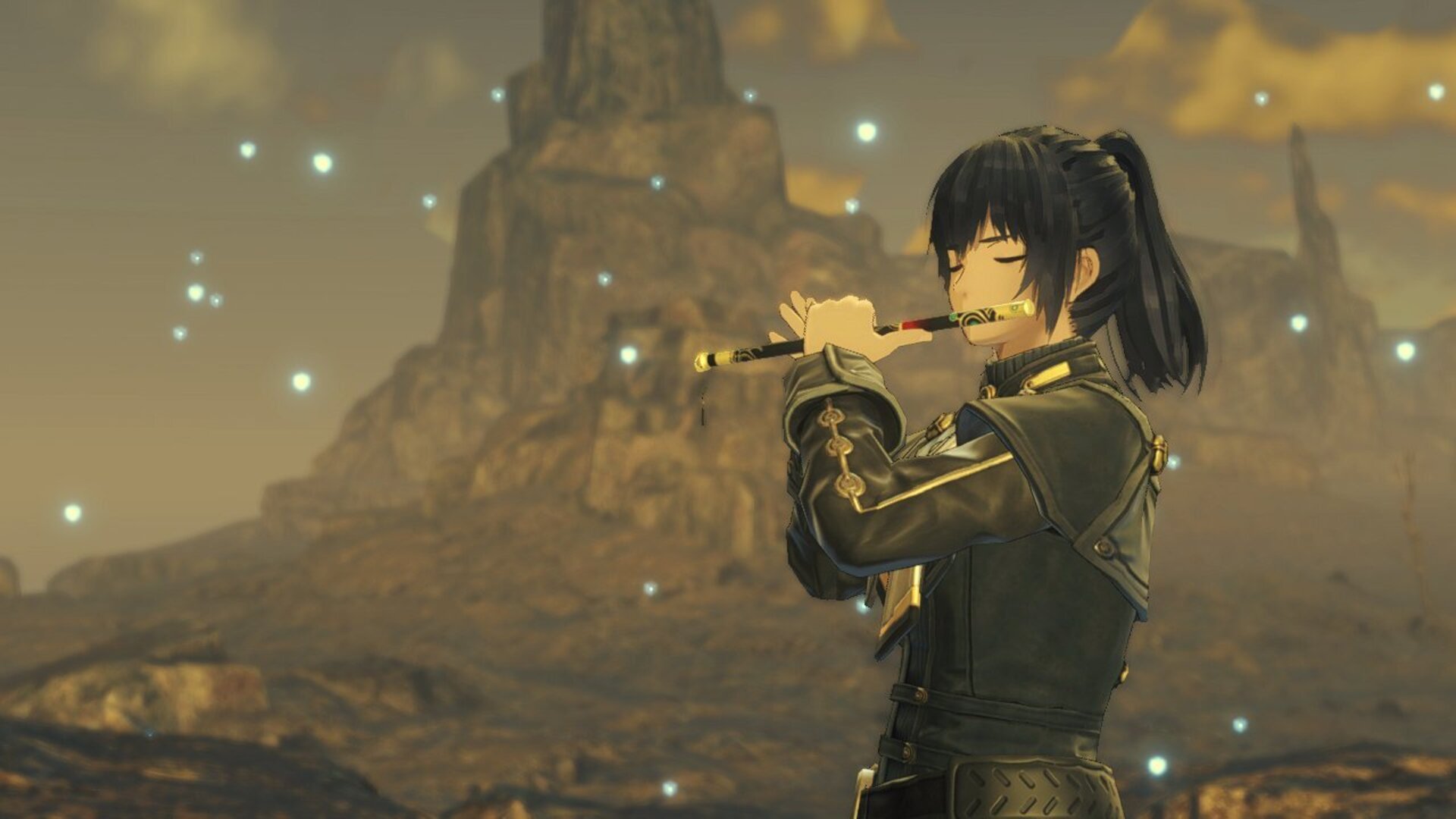
Some video games have, historically, been excellent at addressing the immediate consequences of warfare and the systems that perpetuate that violence.
Spec Ops: The Line and Metal Gear Solid 2 both come to mind in this regard. However, rare is the game that addresses the subtler, more psychological aspects of the toll of war – while simultaneously compelling the player to confront the overarching, holistic elements of the conflict they’re caught up in.
To say it is a step up in JRPG storytelling is an understatement. In a fashion that few expected, Xenoblade Chronicles 3 digs into not only the mental realities of existing in a world of systematized violence, but also the long-term consequences of those realities upon cultural attitudes and sensibilities.
For the characters of Xenoblade Chronicles 3, the machinery of war has become so entrenched within their collective psyches that killing itself has been gamified. Desensitized soldiers speak about “colony ranking” with all the blasé mundanity of a Hearthstone streamer discussing their place on the PvP ladder.
Killing for esport
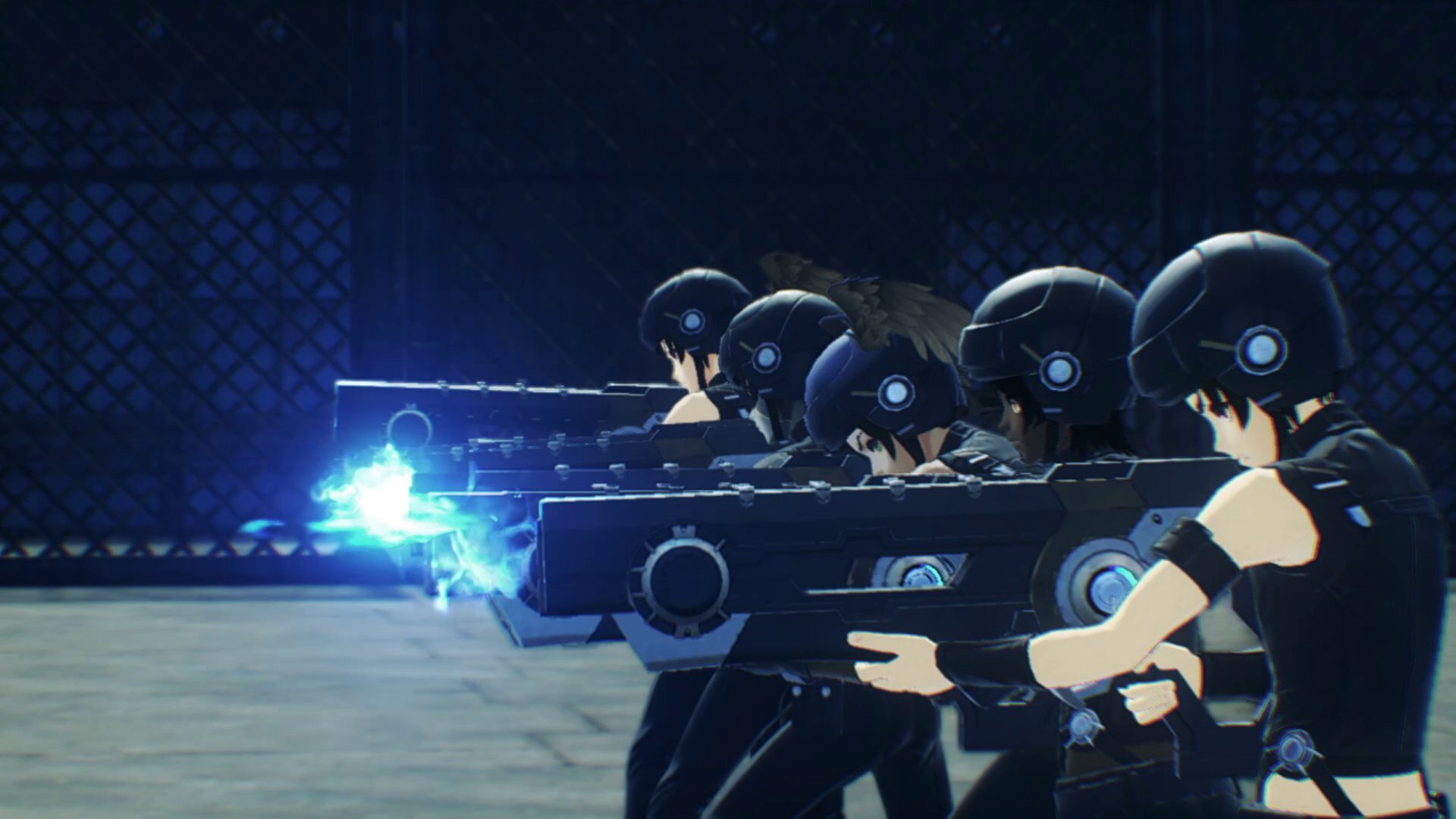
In Xenoblade Chronicles 3’s first cutscene, we’re introduced to the concept of the Flame Clock. Every combatant must keep their Flame Clock filled with the life force of slain enemies, or face certain death. Colonies – semi-autonomous military outfits reminiscent of army corps in the real world – use collective Flame Clocks which aggregate the life force of the soldiers fighting for them. Every Colony is centered around a Ferronis, a mobile fortress/mech which stands as the linchpin of each military formation.
The Flame Clock is one of the most elegant metaphors for the military-industrial complex I’ve come across in a video game. Though on the nose, it’s a concrete manifestation of the inherently consumptive nature of total war. The Colonies of Aionios must consume the lives of others or perish – in the process feeding the Flame Clock of another Colony. These Flame Clocks are literal edifices, mounted onto each Colony’s Ferronis and visible to all.
However, Xenoblade Chronicles 3 further develops this metaphor by clothing its war in the language of esports. “Silver Rank” Colonies look down on their “Dirt Rank” inferiors. The former enjoy delicious steaks and pampering from the central authorities they serve, while the latter languish without adequate supplies. Those who kill effectively and better perpetuate the cycle of the Flame Clocks are rewarded, but only with the means to further increase their killing efficiency.
Get daily insight, inspiration and deals in your inbox
Sign up for breaking news, reviews, opinion, top tech deals, and more.
It’s this larger, cultural reinforcement that feeds the chilling individual worldviews of the characters of Xenoblade Chronicles 3 – killing is as banal to them as a game of League of Legends is to us.
Human cost
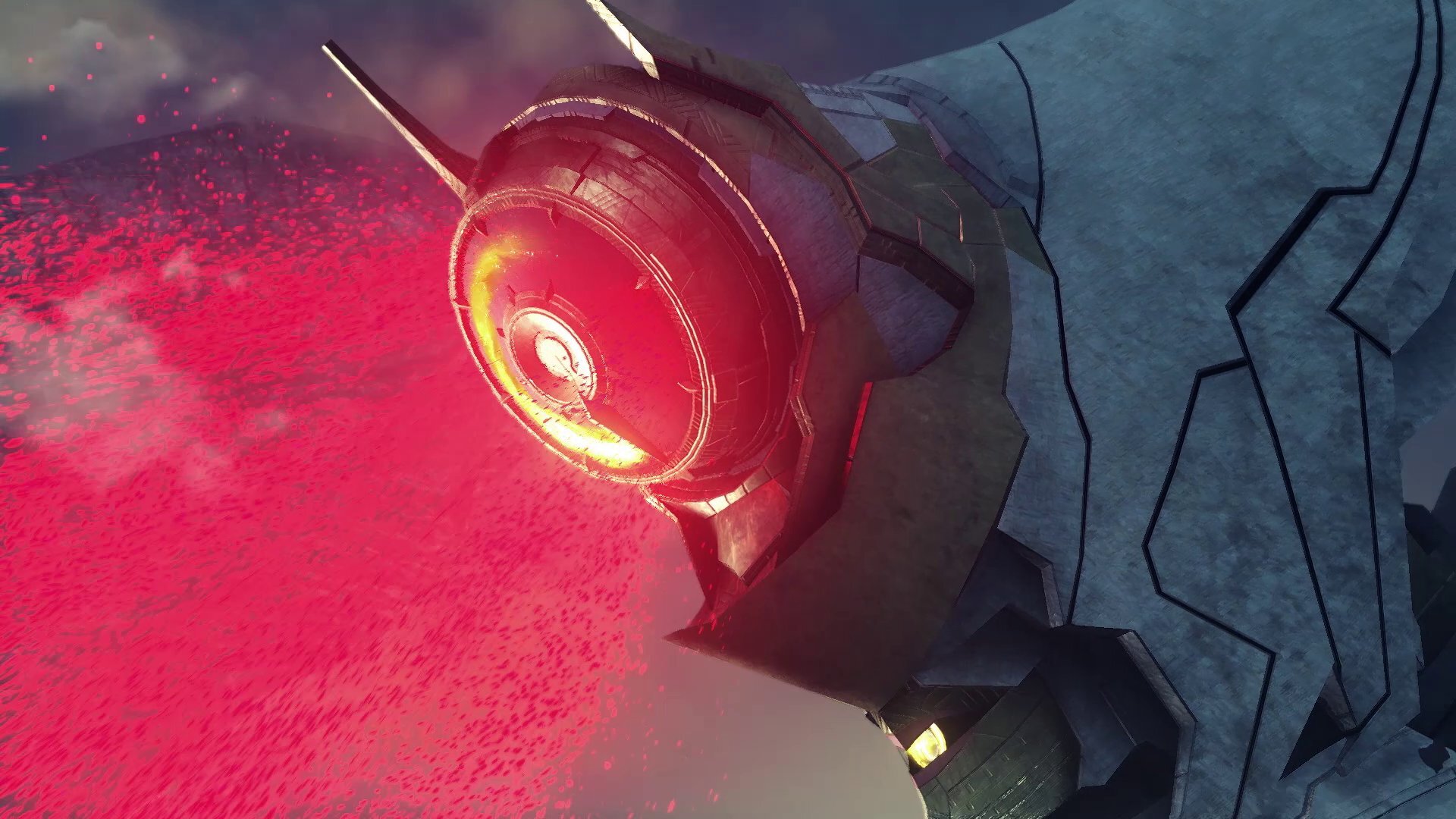
Beneath this layer of desensitization, we are treated to intimate insights into the tangible, emotional cost of war. Rather than offering an aloof and abstract account of military-industrial systems, Xenoblade brings us down to the human level.
It's only because of their exposure to the mysterious Ouroboros phenomenon that Noah, Eunie and Lanz are able to find common ground to trust Mio, Sena and Taion. When the two parties meet, they do so on opposite sides of the war. Noah and pals are Kevesi, while Mio’s team hail from Agnus. Both are literally bred to kill the other. In addition to the tyranny of the Flame Clock, every soldier from the nations of Keves or Agnus is synthetically grown and afflicted with a 10-year life span.
However, with the intervention of a mysterious third party, the six soldiers find themselves metaphysically altered, becoming Ouroboros. In their new state, they are abominations to the status quo; we soon learn that Noah has the capacity to destroy Flame Clocks. However, before we even make this discovery, the six new friends find themselves pursued by the armies of both states. The barest hint of a threat to the intractable forever war between Keves and Agnus is enough to mobilize both forces against our heroes.
We soon learn that a shadowy organization called Moebius is responsible for pulling the strings behind the conflict. Moebius controls the queens of both nations, as well as the Colonies themselves. The Flame Clocks exist to provide them with metaphysical nourishment. They are the sole beneficiaries of the military-industrial quagmire that is the world of Xenoblade Chronicles 3.
Good grief
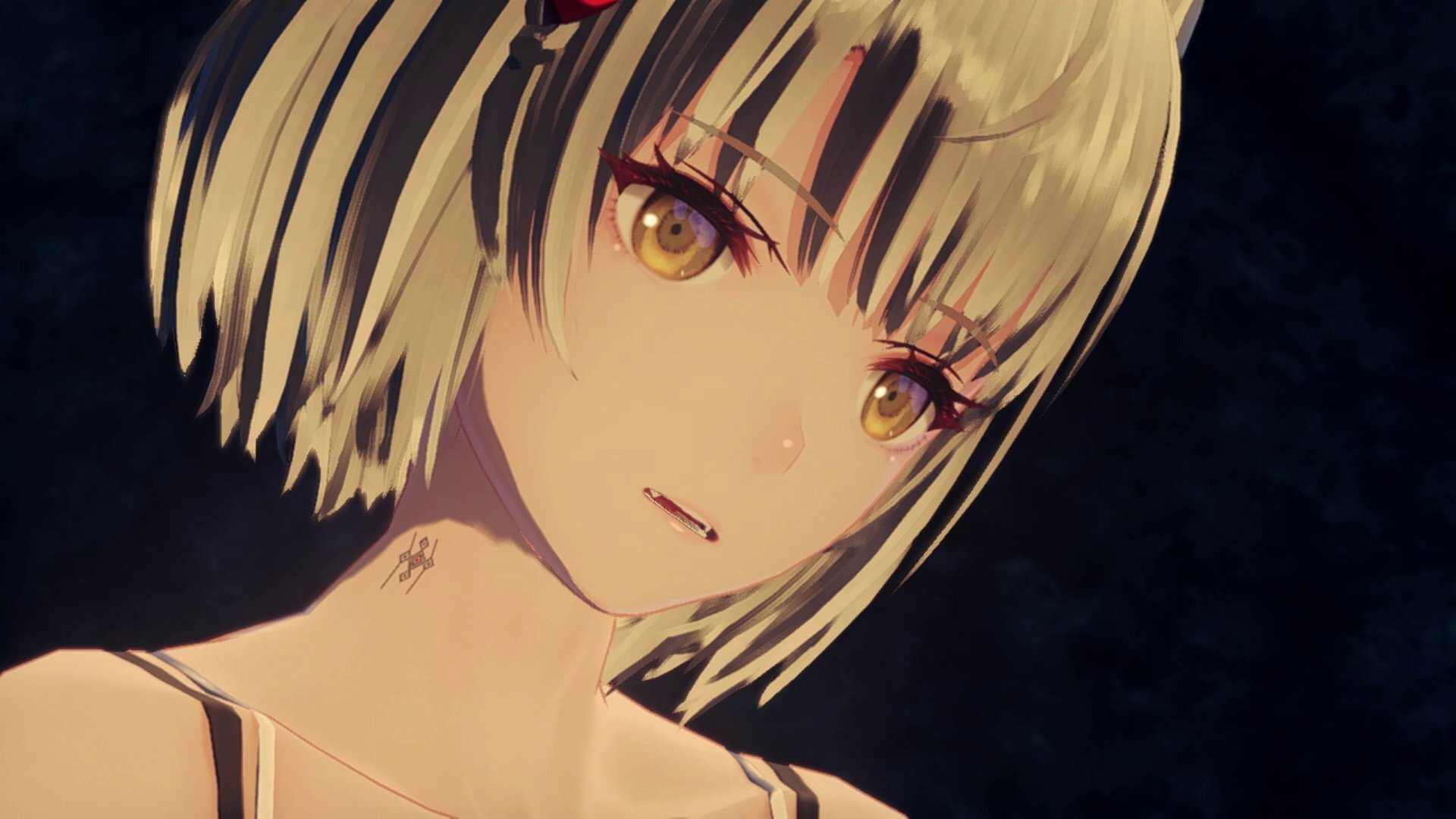
Within this ruthless mechanization of human suffering, we find our six heroes, all of whom explicitly struggle with the grief they’ve accumulated over their military service. Against the bright palette of Xenoblade Chronicles 3’s anime-adjacent art style, the themes of loss and mourning become even starker and more effective.
This contrast is at its most powerful when we’re treated to gentle, slice-of-life moments, interspersed with surprisingly nuanced dialogue on life, death, and being left behind. Several of these moments brought me to tears.
In one very moving scene midway through the game, Mio faces an existential crisis after narrowly avoiding death. Following some heartfelt commiseration from her friends, we join Mio, Eunie, and Sena in a nearby canteen. Mio wants to know if she should cut her hair. The question draws playful, but warm laughter from her friends. Mio wants them to make the decision for her. In a fascinating twist, the player gets to decide. I found myself urging Mio to cut her hair, in the hope that it might bring her some degree of closure.
By using this low-key scene to round off a deeply emotional arc, Monolith Soft allows the player to join Mio in her catharsis. In addition, by asking the player to make the choice, Xenoblade Chronicles 3 brings us down from the lofty, cosmic-level narrative and allows us to participate in a profoundly human moment for one of the characters.
Xenoblade Chronicles 3 is stuffed with these relatable interludes. After learning that they’re fugitives, Noah and the gang ditch their uniforms and scavenge some clothing from the wreck of a transport ship. When dressing up, the characters take time to discuss their own aesthetic preferences. The understated and personal weaves together with the dramatic and high stakes, in order to make the whole tapestry feel more grounded.
In our world, a great deal of military time is spent waiting around for something to happen. In both the US and the UK, soldiers of all ranks derisively refer to this phenomenon as “hurry up and wait”. These moments of downtime often defy time itself; sometimes they feel stolen, at others they seem to drag on forever. Xenoblade Chronicles 3 sublimely captures their essence, letting the human struggles of its characters act as a lens through which we might view the mechanistic systems of war.
World's a stage
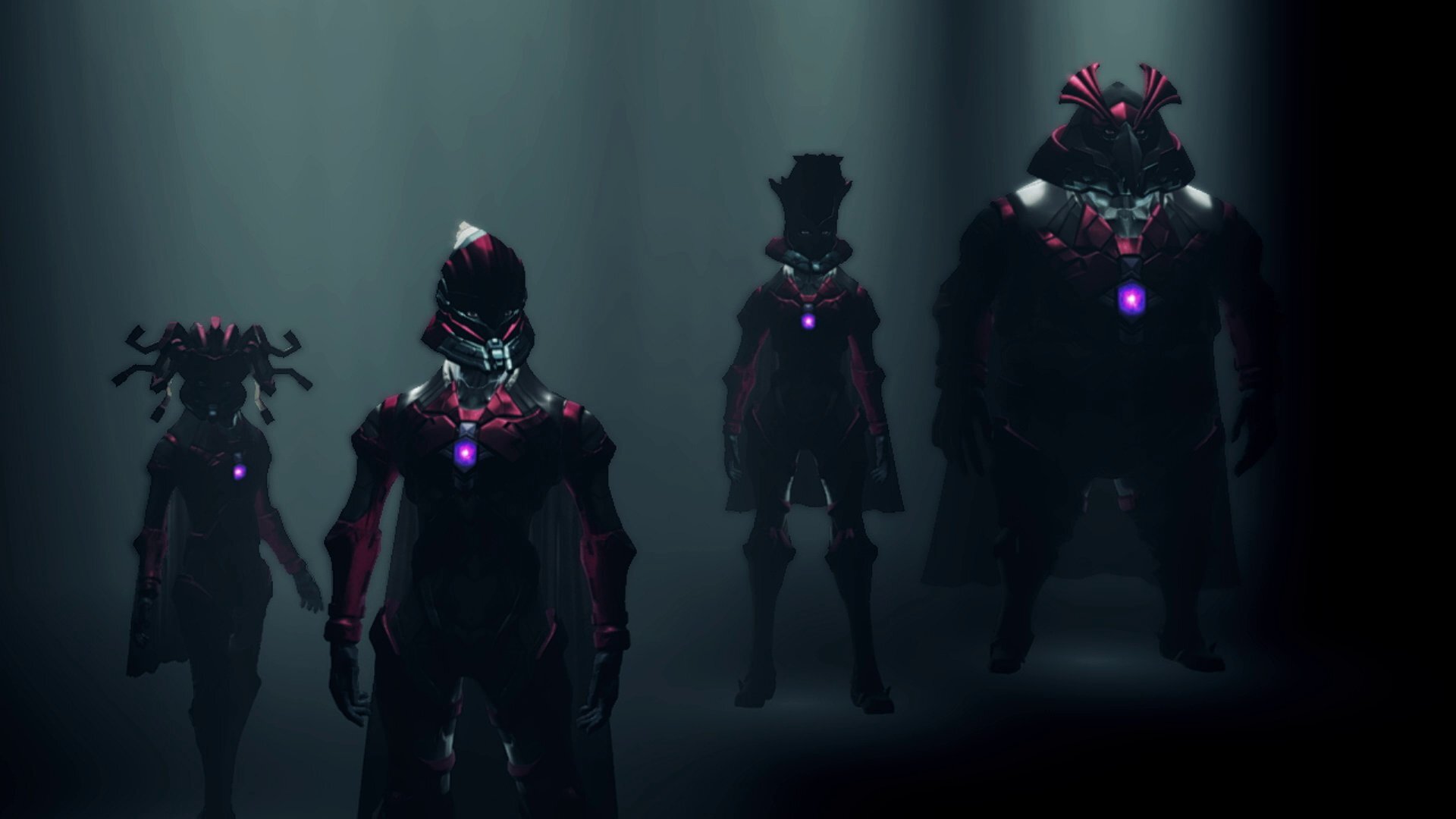
It is no coincidence that the meetings of Moebius members take place within an anachronistic movie theater. The sinister cabal watches the events of the Keves-Agnus war play out with delight, occasionally even wagering on the outcomes. With no use for money as we understand it, the group tends to bet life force itself – ruthlessly harvested from the soldiers who fight their artificial proxy wars.
The brutal day-to-day faced by soldiers in Xenoblade 3’s bleak world is abstracted by Moebius and fed to them as entertainment. The members of the cabal regard the struggles of the soldiers they control with detached humor, affirming Charlie Chaplin’s old adage that “life is a tragedy when seen in close-up, but a comedy in long-shot”. From their lofty metaphysical heights, the trials and tribulations of the short-lived mortals fighting for Keves and Agnus are nothing more than an amusing pantomime.
Power distorts the lens through which they view the world. It just so happens that Xenoblade Chronicles 3 elects to use a literal lens – the film projector – when constructing the symbolic motif surrounding Moebius. It’s one of the most novel and cutting elements of the game’s approach to the military-industrial complex.
War never changes
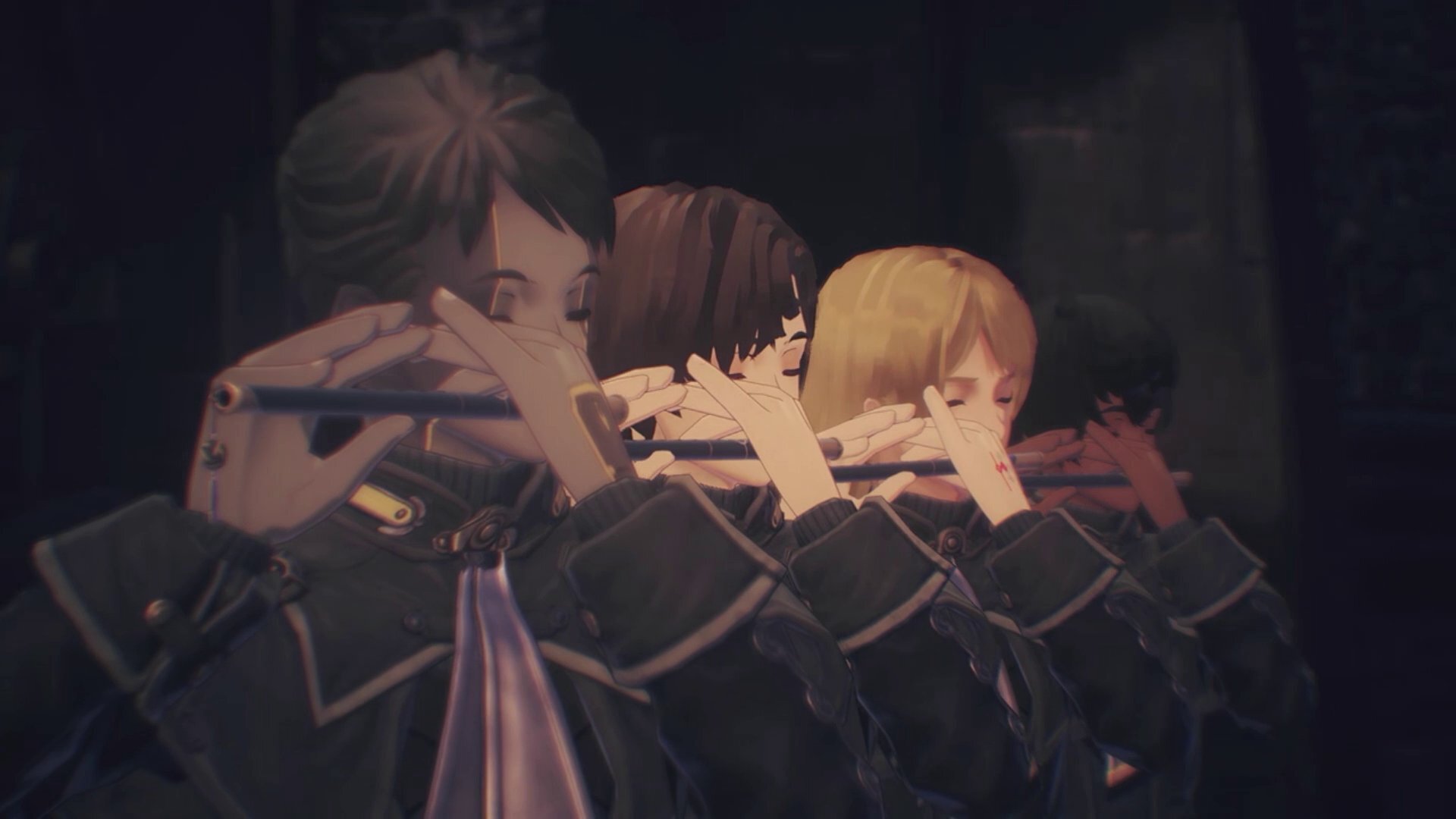
Dissertations may well be written about the surprisingly sophisticated approach Xenoblade Chronicles 3 takes in its appraisal of systematized warfare. Every inch of the game is adroitly poised to render the full spectrum of inhumanity contained within the military-industrial cycle.
Though Noah, Mio and friends have the means to break this cycle, their efforts proceed at immense personal cost. Every aspect of the insidious system is designed to take those bound up in its confines and bleed them dry. Only those at the very top profit, and thanks to their immense power, their perspective on the very war they perpetuate is distorted and abstracted.
It is only through empathy, towards each other and the wider world, that our protagonists are able to even begin to pull themselves from the morass of war. The little sprinklings of human connection that our heroes steal between Xenoblade 3’s hectic battles give them more than Moebius could ever have. Perhaps there’s a lesson there.

An editor and freelance journalist, Cat Bussell has been writing about video games for more than four years and, frankly, she’s developed a taste for it. As seen on TechRadar, Technopedia, The Gamer, Wargamer, and SUPERJUMP, Cat’s reviews, features, and guides are lovingly curated for your reading pleasure.
A Cambridge graduate, recovering bartender, and Cloud Strife enjoyer, Cat’s foremost mission is to bring you the best coverage she can, whether that’s through helpful guides, even-handed reviews, or thought-provoking features. She’s interviewed indie darlings, triple-A greats, and legendary voice actors, all to help you get closer to the action. When she’s not writing, Cat can be found sticking her neck into a fresh RPG or running yet another Dungeons & Dragons game.